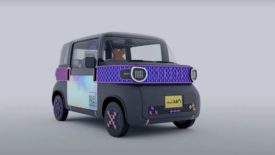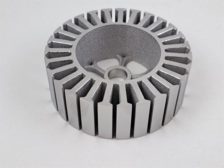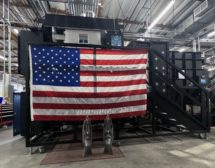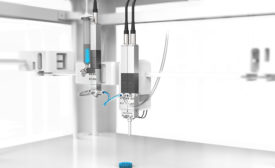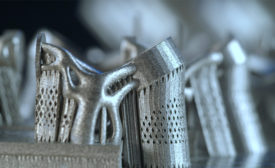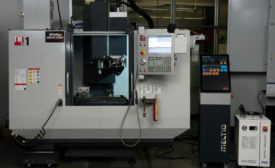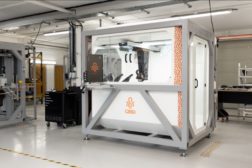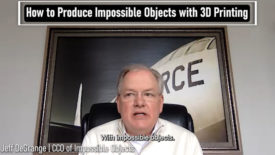Home » Keywords: » additive manufacturing
Items Tagged with 'additive manufacturing'
ARTICLES
3D Printer Installation onboard USS Bataan
A Conversation on 3D Printing with the CEO of Meltio
June 16, 2023
Get our new eMagazine delivered to your inbox every month.
Stay in the know on the latest assembly trends.
SUBSCRIBE TODAY!Copyright ©2024. All Rights Reserved BNP Media.
Design, CMS, Hosting & Web Development :: ePublishing
